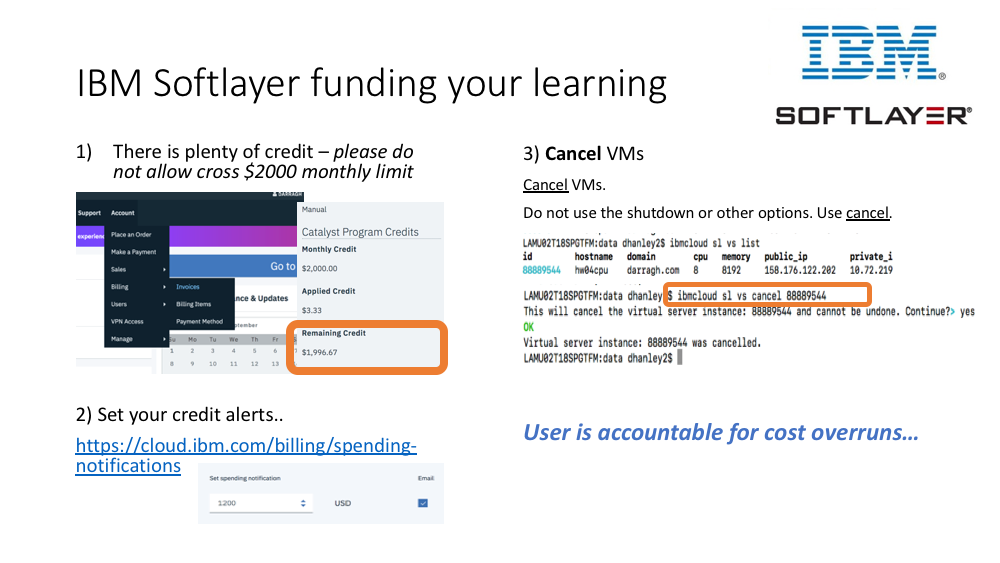The revised class is focused on Deep Learning and Big Data at the Edge and in the Cloud.
To follow the class, you'll a Mac or a PC (Windows or Linux) with an ability to run docker or VirtualBox VMs. You will also need additional equipment as follows:
-
Nvidia Jetson TX2 dev kit ($299 + tax with educational discount). To get the discount, you'll need a code, which you can get from Nvidia directly or by signing up for the class or contacting your instructor(s). We are currently testing Nvidia Xavier and you're welcome to give it a shot, but it's expensive ($899 AFTER the educational discount), and we are not actively testing the class materials on it. You've been warned.
-
Additional storage. The Jetson TX2 System on a Chip (SoC) has only 16G eMMC, which is tight for developer. There is a slot for an SD card and it could be the cheapest (albeit, a somewhat slow) option. The class will take advantage of Docker which in turn drive up storage needs. We recommend at least 128 GB, for instance, this card (currently, $19.99). If you are a performance user, you will need to get a SATA SSD, e.g. this one (currently, $35.50). While it's possible to insert an SSD directly / vertically into the Jetson dev board, it's quite easy to accidentally bump the SSD causing the slot to break off the board. Therefore, it's safer to purchase a cable connector (currently, $5.66). Alternatively, you could just use any USB 3.0 external disk.
-
A external webcam. The TX2 does have an onboard camera, but it has always had compatibility issues. So a USB webcam is a safe option, e.g. this cheap camera. Note that this particular webcam is not HD, even though it's advertised as such and you may want to go with a true HD webcam instead. But, true HD is not required for the class.
-
A USB 3.0 switch . Here's the one I am happy with (currently, $9.89) If you are using Xavier, you'll need this one instead
-
You will also need a mouse, keyboard, a monitor and an HDMI cable to connect to the monitor. The tx2 has wifi built in or a wired connection is preferred if you'll be doing a lot of video processing.
-
While we have not had any issues, an ant-static wrist strap is never a bad idea.
A homework is due before each class. There are two types of homeworks: graded and credit only. Here is the link to class 1 - be sure to complete the setup of your Jetson as described in homework 1
Ensure that any VSI/VM create prohibts login with password prohibited. See: https://github.com/MIDS-scaling-up/v2/tree/master/week02/hw/README.md for details.
The graded homeworks are week 3, week 6, week 9, week 11; please notice that those are the slots that are available on the ISVC website except there are labeled as Homework 1, 2, 3 and 4 (we are working on getting this changed but in the meantime submit matching the graded homework week with it's slot i.e week 3 uploaded to Homework 1).
- Form teams of three to four people
- Leverage big data, cloud, DL, and the edge device to do something cool
- Should be more than you can do on a workstation
- To turn in: White paper explaining what you did, how you did it, what you learned, what went right (or wrong) and a brief presentation (10-15 minutes)
An example of a final project:
- Leverage a dataset of missing persons.
- Train a model in the cloud to recognize the missing persons.
- Deploy the model to your edge device.
- If a person is recognized, send the image and location back to the cloud for further actions.
